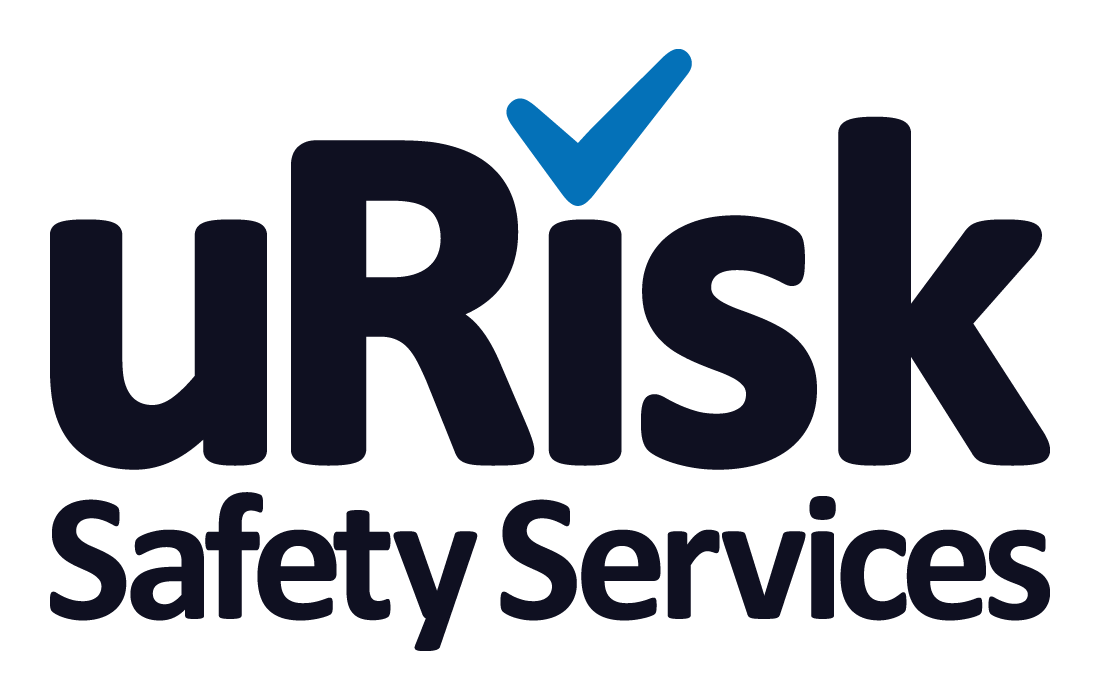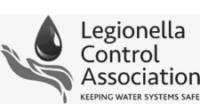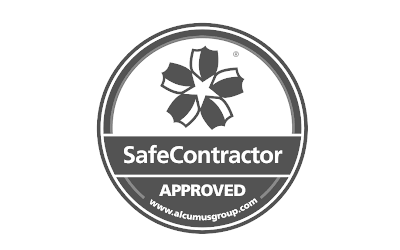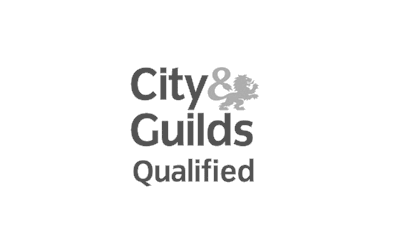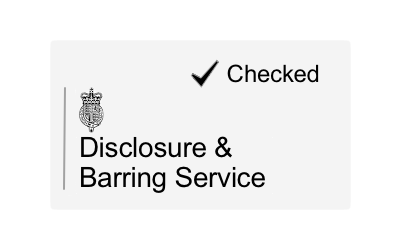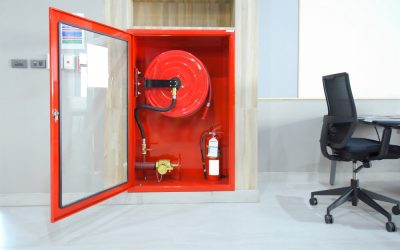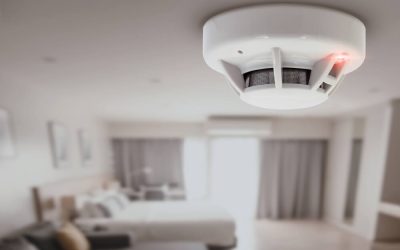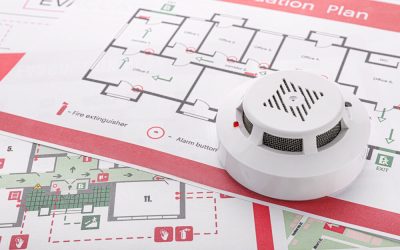What Do I Need To Know About Legionella Water Treatment?
Water treatment is the cleaning and disinfecting of water systems through the use of biocides. It is one of a number of measures employed to control legionella in a water system and protect users from the risk of legionella.
As a waterborne bacterium, legionella thrives in temperatures between 20°C and 45°C and in the presence of nutrients such as sediment, biofilm or algae. If legionella is allowed to grow in a water system and users inhale airborne water droplets containing it, they can become infected with Legionnaires’ disease, a potentially fatal type of pneumonia. This is why there is so much guidance in place to ensure the safety of water supply in both domestic and commercial buildings. We suggest using a legionella thermometer to manage and measure water temperature.
When Does Water Need to be Treated?
Effective legionella control requires a combination of measures – and the measures that will work for your building’s water system must be determined by a thorough risk assessment that takes every aspect of that system into account.
Water temperature control is the primary method used to control legionella risk, alongside other measures such as avoiding water stagnation and ensuring the design of the system minimises legionella growth. Water treatment is another control measure, and it is often used when it becomes problematic to maintain the required temperatures throughout the entire system, for example in older buildings with complex water systems, or when the removal of dead legs and rarely used outlets (places where water could have a chance to stagnate) is not possible.
There are also other situations where cleaning, flushing and disinfecting of hot and cold water systems – or parts of those systems – might be required. For example, water chlorination, as specified in BS 8558:2015, includes:
- New water system installations or refurbishment of hot and cold water systems
- Installation of new components
- Systems that have been out of use for long periods of time
- Evidence of contamination or stagnation in tanks
- Substantial alterations to the systems
- Following sample results indicating contamination
- During or following an outbreak of legionella
- Where indicated by the risk assessment
What it Entails
Water treatment involves the use of chemicals – either continuously or intermittently – to control the growth of microorganisms such as legionella or limit their ability to grow. A variety of biocide treatments can be used to clean or disinfect water systems, including chlorine dioxide, chlorine, and copper and silver ionisation.
Treatments must be carried out by specialist legionella water treatment companies to ensure the safety of the water system’s users. All treatments need meticulous control and monitoring to ensure they are working effectively and within established guidelines.
The Water Chlorination Process
When you book water chlorination with uRisk, our fully trained engineers will visit your premises to carry out the work based on the Risk Assessments and Method Statements (RAMS). Water is flushed before the chemical disinfection is done. Water is then flushed for a second time, after which the water is sampled.
The chlorination process itself takes approximately 3-5 hours – but the exact time taken will depend on the water system, including its condition and how accessible it is. During the process, we use specialist equipment to ensure accurate dosing to all ingoing water and ensure there is no possibility of backflow contamination.
Following the completion of the service and the receipt of water sampling results, a water chlorination certificate will be issued which will prove to your local water company or body that you have chlorinated your water system and that it is ready to use.
Every aspect of our water chlorination service is designed to offer you full peace of mind. Our engineers will ensure all work complies with the Health and Safety Executive (HSE) Approved Code of Practice as well as any local water authority water chlorination specifications. And our water sampling – which covers a wide range of tests that analyse the microbiological, chemical and physical qualities of the water – is carried out in UKAS-accredited laboratories to provide you with full quality assurance.
Costs
The cost of water treatment services will vary depending on the requirements of your water system and its size. As a guide, the cost of our water chlorination services normally ranges between £300 and £1,500+.
Any water treatment is a specialist process and must be carried out following a thorough risk assessment. As well as providing water treatment services, at uRisk, we also provide comprehensive legionella risk assessments, carried out by our qualified engineers located across the UK.
Want to take the next step? If you would like to organise a risk assessment or if you would like further advice on water treatment or a quote, contact us today.
Legionella and Water Hygiene Blog Posts
Office Fire Risk Assessment
As you would expect, keeping your office safe from the risk of fire is a legal requirement under the Regulatory Reform (Fire Safety) Order 2005. If you are the owner or manager of a business, or landlord of an office building, it is your responsibility to ensure your...
Fire Risk Assessment For Flats
Your legal requirements as a landlord include taking precautions to keep your tenants safe, including when it comes to the risk of fire in flats. As part of the fire safety regulations, fire risk assessments for flats is therefore part of your legal obligation to...
Getting A Risk Assessment For Fire in the UK
As an employer, landlord or facilities manager, it is your legal responsibility to keep everyone who uses your premises safe. A fire risk assessment is an important part of this because it identifies what might cause a fire so you can take steps to prevent one, as...
